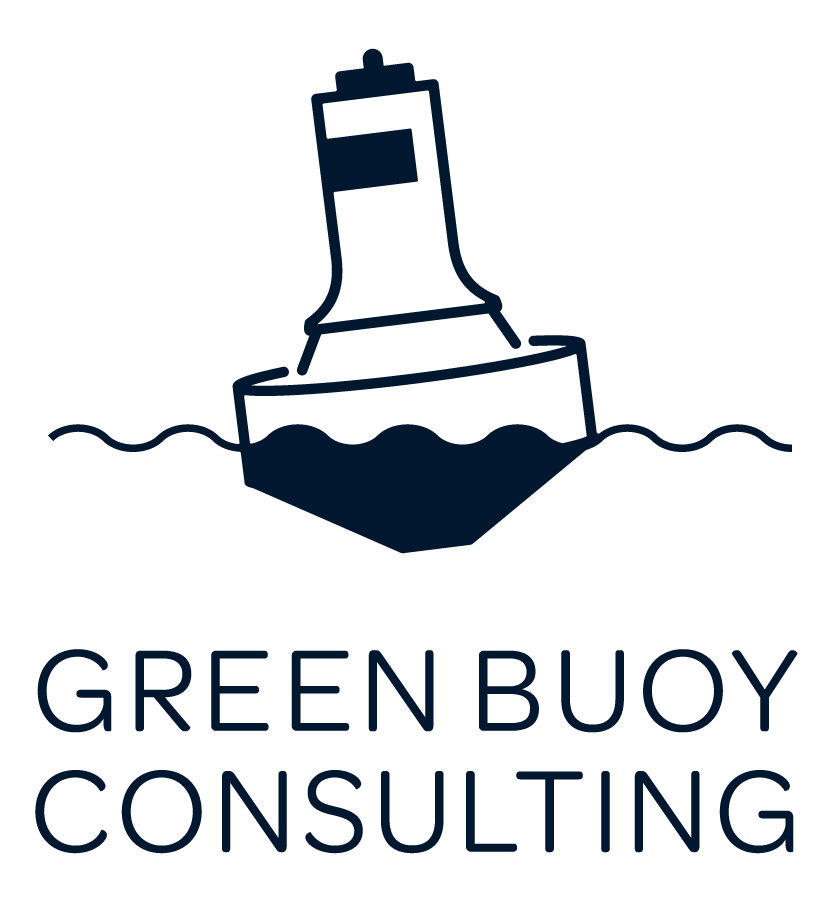Help! I'm a supplier getting ESG questions
Are you one of the companies experiencing an inbound rush of ESG-related requests? Are you seeing new ESG questions as part of the RFPs you’re filling out?
If you’ve received a CDP supplier or Ecovadis questionnaire recently, welcome to this new world of ESG engagement. CDP disclosed a 24% increase between 2019 and 2020 in “large scale purchasers” asking suppliers to report environmental data. And supplier requests are only increasing.
Image via CDP Supply Chain Report 2021
And the requests are working. In its 2022 supply chain report, CDP shared, “26% of first-time respondents report setting climate targets, while 57% of repeat respondents do so, highlighting how annual disclosure drives target setting.”
In its 2022 supply chain report, CDP shared, “26% of first-time respondents report setting climate targets, while 57% of repeat respondents do so, highlighting how annual disclosure drives target setting.”
Where the ESG hype is coming from
So why are companies even talking about ESG? What forces are aligning to make them include questions to other companies? A few reasons:
SEC and global legislation are pushing companies to disclose emissions and associated targets. Read more about that here.
Companies sending you requests are receiving requests from their suppliers.
If the requesting company is public, they’re looking at their investors’ ESG or similar requirements and want to show progress.
Other stakeholders, including employees, clients, and customers are urging engagement on climate and related ESG measures.
They’re looking to reduce their Scope 3 emissions.
So where do suppliers come in? As public and private companies look to decrease their environmental footprints, many are undertaking carbon footprint and emissions assessments. These inventories have highlighted the emissions associated with their value chains or their supply chains.
Because it’s common for Scope 3 emissions to make up the majority of a company’s emissions, along with cutting emissions associated with Scopes 1 and 2 (energy used on-site and electricity), companies are now looking at their supply chains to reduce associated Scope 3 emissions.
And you are a member of their supply chain.
More on how Scope 3 Emissions Fit In
A way to reduce emissions and show action on climate is to evaluate your Scope 3 emissions. Scope 3 emissions are those associated with a company’s value chain. In short, they are emissions they cannot control but are a byproduct of the production, sale, marketing, and inputs required to run their businesses. There are fifteen categories of Scope 3 emissions. Some examples include purchased goods and services, investments, fuel, and energy use not included in Scope 1 or 2 and use of sold products.
If you think about the product or service you sell, chances are it makes up one of those categories. If you’re a furniture manufacturer selling to other companies or have a SaaS platform used by the Fortune 500, congratulations, you’re part of a company’s supply chain.
If you think about the product or service you sell, chances are it makes up one of those categories. If you’re a furniture manufacturer selling to other companies or have a SaaS platform used by the Fortune 500, congratulations, you’re part of a company’s supply chain.
Based on this Scope 3 data and future reporting requirements, traditional supply chain and procurement practices are now adjusting to include environmental and emissions requirements. While companies engage suppliers on numerous topics and activities, climate and other ESG factors are being added to the list of questions.
Since companies cannot control their Scope 3 emissions directly, they’re asking for signals that the companies within their supply chains are taking action. As of February 2022, CDP reported 1 in 40 suppliers had set Science-Based Targets. These targets, net zero strategies, and other reduction goals are one signal a company can send when it receives a question in an RFP.
Related: Why Private Equity is Prioritizing ESG in 2025
What to do when you receive an ESG questionnaire?
So what can you do if you’ve received questions or a form requiring you to fill out ESG information? One, if you don’t have a strategy, now is the time to set aside a budget and plan out a long-term ESG plan to align with requirements. Even if you are a private company, these rules continue to trickle down in the form of RFPs and questionnaires.
In the meantime, when you get an RFP request:
Share what you do have with the requestor
Identify a point person to hold and share this information
Save all forms, questions, and interactions
Identify themes and create stock answers for RFPs
Have conversations with requesting companies on the types of information they’re asking for, what their end goals are and ongoing expectations.
Your RFP and questionnaire answers help requestors decide on your future contract. Companies are steadily moving to do business with suppliers that help them reduce associated Scope 3 emissions. This is why you see companies like PayPal and others disclosing how many of their suppliers have set Science-Based Targets or similar reduction strategies. If you're a private company within their supply chain and you are competing with a big public company with a GHG reduction target, if all things are equal and the only difference is your competitor has a transparent emissions reduction target, you will lose.
Related: Crafting a Comprehensive Corporate Sustainability Policy: A Step-by-Step Guide
It’s time to think about a long-term strategy for how to answer RFPs and other inbound requests. If you need more help, please feel free to reach out directly to discuss a long-term solution.
Learn more about ESG in B2B organizations









